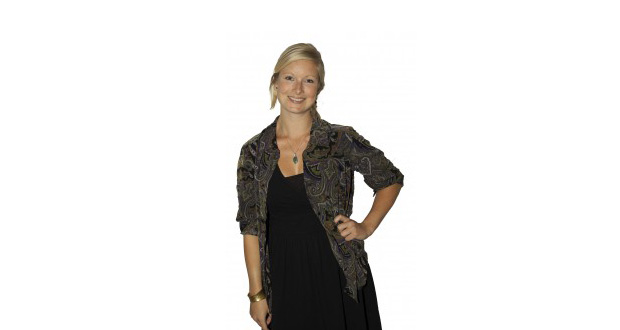Whether you’re a born and bred Swede, a recent arrival, or somewhere in between, watching this country’s native films can offer you plenty – if divergent – cultural insights. Read more in this week’s Culture Column by Kate Monson.
Last week, Återträffen (The Reunion) won Best Film and Best Script at the Swedish Film Institute’s Guldbagge awards. Made by the artist Anna Odell after discovering – in real life – that she hadn’t been invited to her school reunion, the film is split into two parts: the first plots a ‘worst-case scenario’ storyline in which Anna, who both wrote and starred in the production, attends the event and unleashes a torrent of traumatic memories and bitter accusations, before being violently ejected from the premises; the second stars Odell again, this time depicting her (not always successful) attempts to show and discuss the footage from the fictional reunion with her real classmates. Interestingly, while the meetings did happen in real life, this second part is not a documentary, but rather another fictional layer.
Återträffen has clearly made waves in Sweden. In part, no doubt, because of the intrigue surrounding Anna Odell following her 2009 art project, which saw her stage a suicide attempt on Stockholm’s Liljeholm Bridge to raise awareness of the country’s treatment of psychiatric patients. The action culminated in her being admitted to a psychiatric ward herself before she revealed the true motives of her behaviour and was prosecuted for violent resistance, dishonest conduct and raising a false alarm.
However, it’s possible the film struck a chord with Swedes on another level too; a chord that rings with the sound of ‘Jantelagen’. It’s a concept I came across only recently, but once aware of you realise is as persistently present as the granite-grey clouds that hang above us – if not quite as oppressive!
Generally defined as the pressure from (Scandinavian) society not to distinguish yourself or think you’re special, the term was actually coined by Norwegian-Danish writer Aksel Sandemose in his 1933 novel, A Fugitive Crosses His Tracks (En flyktning krysser sine spor). While many Swedes say the Jantelagen effect is dissipating – if only the same were true for the clouds! – I don’t think anyone could argue that it has disappeared completely. And as Anna Odell’s film reveals, there is clearly still a morbid fascination among Swedes with what happens to individuals who dare to stand out and be different.
Yet, despite its evident success in Sweden – both critically and popularly – the film has so far failed to make much of an impression elsewhere in the world and it’s interesting to ponder why…in a country with Jantelagen so intricately engrained into its culture – to the point that it is almost imperceptible – drawing direct reference to it as Anna Odell does prompts surprise, discomfort and even awe. To those uninitiated in Swedish culture, however, the film could perhaps seems (in the words of one U.S. reviewer) “narcissistic” or worse, be met with “shrugged-shoulder indifference”.
I invite you to make up your own mind. Native Swede, recent arrival, or somewhere in between, it’s likely you’ll each have a very particular response to the film and draw differing cultural conclusions.
And while you’re at it, check out these other Swedish films that have made waves both at home and abroad.
- Fanny and Alexander (Fanny och Alexander), directed by Ingmar Bergman, 1982. Loved by the critics and public alike, this film won four Oscars.
- The Phantom Carriage (Körkarlen), 1921. Considered by many to be the best Swedish feature film of all time. Ingmar Bergman claimed to have seen it 50 times.
- Together (Tillsammans), 2000. The second feature from Lukas Moodysson, director of the internationally acclaimed Fucking Åmål, Tillsammans is the tale of life on a Stockholm commune in the mid-’70s.






